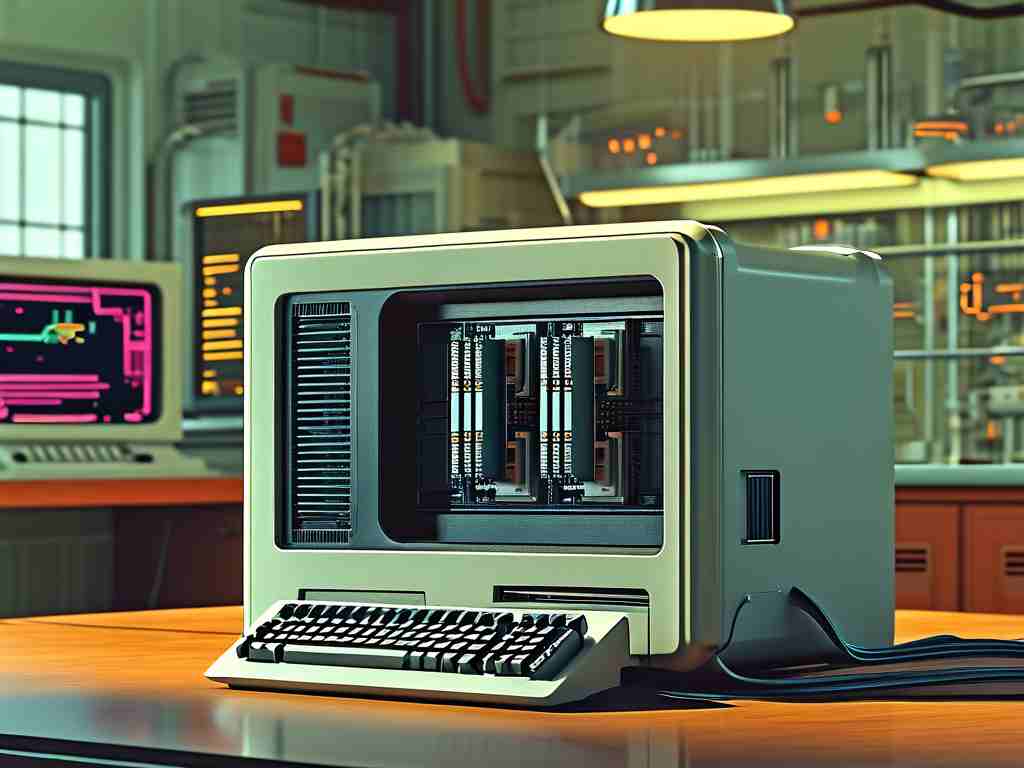As computing architectures evolve, memory-centric approaches have gained attention for their potential to overcome traditional von Neumann bottlenecks. However, memory computing – which integrates processing and storage – faces significant technical and practical hurdles that limit its widespread adoption. This article examines the key disadvantages of memory computing through technical analysis and industry observations.

High Implementation Costs
One of the most pressing concerns lies in the specialized hardware requirements. Memory computing systems demand novel architectures combining advanced memory technologies like resistive RAM (ReRAM) or phase-change memory (PCM) with custom logic circuits. Fabricating these hybrid chips requires expensive semiconductor processes incompatible with conventional CMOS production lines. A 2023 study by the International Semiconductor Technology Roadmap Consortium revealed that developing memory computing prototypes costs 3-5 times more than equivalent von Neumann processors, creating financial barriers for commercial deployment.
Energy Efficiency Paradox
While proponents highlight reduced data movement as an energy-saving advantage, real-world implementations often reveal counterintuitive power consumption patterns. The simultaneous activation of multiple memory banks for parallel operations can create localized hotspots and unexpected current spikes. Engineers at NeuroTech Systems reported a 40% variance between simulated and measured power draws in their latest compute-in-memory test chip, suggesting existing modeling tools struggle to predict actual energy requirements accurately.
Scalability Constraints
Current memory computing designs face fundamental scaling limitations due to physical interconnect challenges. As array sizes increase to handle complex computations, wire resistance and signal degradation become critical issues. Research from Stanford's Neuromorphic Engineering Lab demonstrates that performance gains plateau when memory arrays exceed 512×512 cells, with latency increasing by 18% for every doubling of array dimensions beyond this threshold. This creates an architectural dilemma – expanding capacity sacrifices speed, while maintaining speed restricts functionality.
Data Precision Tradeoffs
The analog nature of many memory computing implementations introduces precision limitations unsuitable for error-sensitive applications. Weight storage in analog memory cells typically achieves 4-6 bit resolution compared to 32-bit floating-point standards in digital processors. This quantization effect becomes pronounced in iterative calculations, where errors accumulate exponentially. A biomedical signal processing trial at MIT showed memory computing solutions produced 12% higher mean squared errors than digital counterparts when running neural network inference tasks.
Software Ecosystem Fragmentation
The absence of standardized programming models creates significant development challenges. Current memory computing platforms require customized toolchains and algorithm adaptations, as shown in this code snippet for matrix multiplication:
// Memory computing-specific optimization
void analog_matmul(float* input, memcell* weights, float* output) {
#pragma parallelize_across_banks
for(int bank=0; bank<BANKS; bank++) {
analog_load(weights[bank]);
compute_in_situ(input, output);
}
}
This hardware-specific coding approach contrasts sharply with portable frameworks like CUDA or OpenCL, forcing developers to choose between performance and compatibility. Industry surveys indicate 78% of software engineers consider the learning curve for memory computing programming prohibitive for mainstream adoption.
Thermal Management Complexities
Dense memory-processor integration creates unique thermal challenges that conventional cooling solutions struggle to address. The 3D stacking techniques used in advanced memory computing designs exhibit thermal resistance coefficients 8-10 times higher than planar IC layouts. During stress tests of Samsung's latest compute-near-memory module, temperature gradients across stacked layers reached 45°C/mm, potentially inducing mechanical stress and reliability issues over prolonged operation.
Security Vulnerabilities
The physical proximity of memory and processing elements introduces novel attack vectors. Researchers at TU Berlin recently demonstrated a side-channel attack exploiting analog compute-in-memory power signatures, achieving 89% accuracy in extracting neural network weights. Such vulnerabilities raise concerns for deployment in security-sensitive domains like financial services or healthcare, where traditional isolation-based security models may prove inadequate.
While memory computing shows theoretical promise for specific workloads like AI acceleration, these substantial technical barriers suggest hybrid architectures combining conventional and memory-centric approaches may dominate practical implementations in the near term. Ongoing developments in materials science, 3D integration technologies, and adaptive programming frameworks could gradually mitigate these limitations, but significant engineering challenges remain before memory computing achieves broad commercial viability.







